Steps for Data Migration from On-Premise to the Cloud
- Nitin Yadav
- Knowledge
About
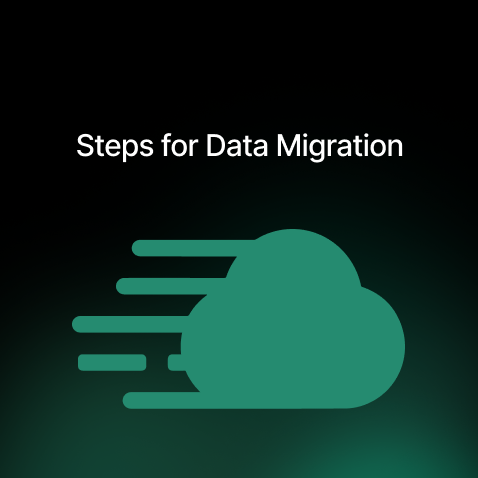
Maximize success in database migration to cloud with our strategy guide. Set objectives, choose the right provider, and ensure secure transitions. Plan now!
Industries
- AWS, SRE
Share Via
Did you know that the average user on the internet generates up to 1.7 MB every single second?
Everyone, including businesses, generates a lot of data worldwide. This data holds immense value and drives decision-making every second: Nearly 62% of the world’s companies use some form of data analytics in their operations.
- But how do they manage this data?
Well, almost 98% of companies reportedly use the cloud for data storage. This makes sense because migrating your operations and data to the cloud ensures minimal downtime, instant access, better scalability, and many more benefits.
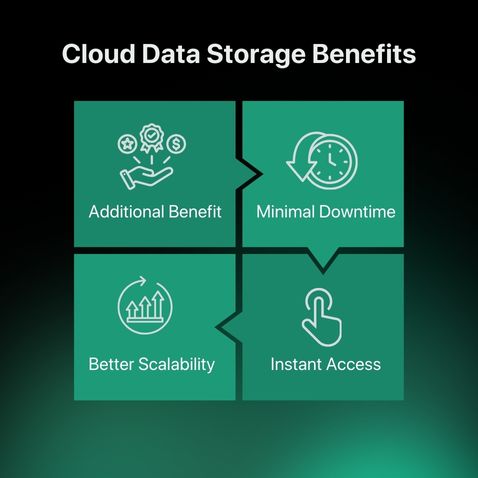
If you’re still storing your data on physical servers, you should really consider moving to the cloud. Here’s a comprehensive guide on database migration to the cloud, outlining the essential steps for a successful transition.
To begin with, why migrate data? Let’s get into the details.
Why Migrate Your Data?
Several factors drive organizations to move their data to the cloud. These include:
- Cost Reduction: Cloud services often operate on a pay-as-you-go model, reducing capital expenditure on hardware and maintenance.
- Scalability and Elasticity: Cloud platforms allow organizations to scale resources up or down based on demand, ensuring optimal performance and cost efficiency.
- Increased Accessibility and Collaboration: Cloud-based data is accessible from anywhere with an internet connection, which gives you a much higher degree of flexibility.
- Enhanced Security and Disaster Recovery: Cloud providers invest heavily in security infrastructure and offer robust disaster recovery solutions.
- Innovation and Agility: Cloud platforms provide access to advanced technologies like artificial intelligence and machine learning, fostering innovation.
You might also wonder what type of use cases fit into your database migration to cloud. Here are a few potential ones.
Business Use-Cases for Data Migration
Data migration to the cloud supports various business objectives, the results of which can be seen almost immediately.
A few such objectives are:
- Modernizing legacy systems:
Legacy systems that still have physical locations are prone to a lot of risks, mainly damage. Moving data from outdated on-premise systems to modern cloud databases improves performance and maintainability.
- Supporting business growth and expansion:
With a legacy system, expanding to meet scale becomes a much more expensive affair. Cloud scalability allows businesses to handle increasing data volumes and user traffic.
- Enabling data analytics and business intelligence:
Cloud platforms offer powerful tools for data analysis and reporting since most instances have touchpoints that can be measured. Outages, access trends, user volume trends, and other parameters can be easily measured.
Find below a notable use case for your reference.
SquareOps: Migrating MongoDB and Elasticsearch to AWS
SquareOps helped BatchService, a property technology company, migrate its MongoDB and Elasticsearch workloads from managed services to AWS.
The goal was to reduce high hosting costs, improve scalability, and enhance security compliance.
How did we help?
- Migrated 12TB+ of data with zero downtime.
- Deployed MongoDB replica sets and Elastic Cloud on Kubernetes (ECK) on AWS EKS.
- Implemented automated failovers, encryption, and compliance measures.
- Optimized costs by 27%, reducing hosting expenses from $30,000 to $22,000/month.
- Improved query performance by 30% and strengthened infrastructure resilience.
The migration gave BatchService greater control, lower costs, and a more scalable and secure cloud environment.
With this understanding of data migration out of the way, let’s look at each step involved in database migration to cloud.
8 Complete Steps for Database Migration
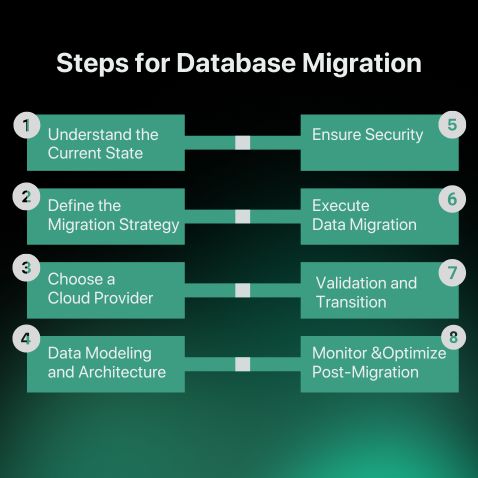
You might feel like the journey to successful migration can be a daunting one. However, by partnering with a service provider like SquareOps, you won’t have to worry about these steps. Just click here to talk to us and understand how.
With that said, let’s get into each step of the database migration in some detail.
Step 1: Understanding the Current State
Before starting the migration, a thorough understanding of the existing data environment is essential.
This involves two key steps:
- Discovery Phase and Inventory of Existing Data: This involves identifying all data sources, including databases, file systems, and applications. Document data volume, structure, and sensitivity. This inventory forms the foundation for the migration plan.
- Identifying Data Dependencies and Mapping: Analyze relationships between different data elements and applications. This mapping reveals how changes during migration might affect various parts of the system. This step prevents unforeseen issues later.
Step 2: Defining the Migration Strategy
In order to move your databases to the cloud, you need to have a solid migration strategy for execution. This involves:
- Setting Migration Objectives and Goals: Establish clear objectives for the migration. These might include cost reduction, performance improvement, or enhanced security. The SMART template of goals provides direction and allows for progress tracking.
- Choosing the Right Migration Approach: There are seven popular approaches when it comes to migration.
Known as the 7 Rs, these are:
- Rehost (Lift and Shift): Move applications to the cloud without changes. Quick and easy for apps that are hard to modify or when speed matters.
- Relocate (Hypervisor-Level Lift and Shift): Similar to rehosting but focuses on moving virtual machines (VMs) to the cloud, often used for entire data centers.
- Replatform (Lift, Tinker, and Shift): Make small tweaks to apps to optimize them for the cloud, balancing speed with some cloud benefits.
- Refactor (Re-architect): Redesign apps to fully take advantage of cloud services. It’s complex but offers scalability, performance, and cost benefits.
- Repurchase (Drop and Shop): Replace old apps with cloud-based alternatives, ideal for outdated apps or when cloud solutions offer better value.
- Retire: Decommission apps you no longer need, helping reduce costs and complexity.
- Retain (Revisit): Keep certain apps on-premises due to regulatory needs, data sensitivity, or technical reasons. Not everything needs to go to the cloud.
These approaches can help you choose the most appropriate migration strategy for each application and take a call accordingly.
The next step is to figure out what platform you want to use for your migration.
Step 3: Choosing a Cloud Provider
Cloud providers vary largely in the way they operate, even though most popular options offer similar features. With over 31% market share, AWS remains the gold standard for cloud operations, followed by Azure with over 20%. Consider the following when selecting a provider:
- Selecting Based on Criteria and Deployment Models: Evaluate providers based on factors like cost, performance, security, compliance, and available services. Choose the appropriate deployment model for you.
- Considering Skills and Multi-Cloud Strategy: Assess the organization’s existing skills and determine if training or external expertise is necessary. A multi-cloud strategy, using services from multiple providers, can mitigate vendor lock-in and improve resilience.
At SquareOps, we specialize in seamless AWS cloud migrations, combining migration expertise with modernization strategies to drive business success. With over a decade of experience, we have successfully migrated businesses of all sizes to AWS, utilizing cloud-native architectures for optimal performance and scalability.
Our migration process is customized to meet each client’s unique needs, ensuring minimal disruption to your operations. We prioritize security, compliance, and cost-efficiency, ensuring a secure migration while optimizing long-term financial benefits.
Our team of AWS-certified solution architects applies industry best practices to reduce risks and maximize ROI, ensuring a smooth transition to the cloud. With a focus on cloud security and DevOps, we deliver secure, efficient migrations tailored to your goals. Whether it’s a lift-and-shift approach or modernization, we ensure your migration unlocks the full potential of AWS for your business.
Step 4: Data Modeling and Architecture
Next, you can design the in-cloud data architecture before migrating data:
- Designing the In-Cloud Architecture: This involves choosing the appropriate database type (relational, NoSQL), designing the data model, and planning for data storage and access. Consider factors like performance, scalability, and cost.
- Planning for Backup and Restoration: Implement robust backup and restoration procedures to protect data against loss or corruption. Cloud providers offer various backup and disaster recovery services.
Step 5: Ensuring Security and Compliance
Hundreds of cloud breaches occur every day, despite advancements in cloud security. Consider the following to cover your bases:
- Implementing Necessary Security Models: Implement appropriate security measures, including access controls, encryption, and network security. Follow security best practices and industry standards.
- Adhering to Regulatory Compliance Through Encryption and Access Controls: Ensure the migration process complies with relevant regulations, such as the CIS Benchmarks. Use encryption to protect data in transit and at rest. Implement strict access controls to restrict data access to authorized personnel.
Also read: AWS Multi-Account Security Reference Architecture
Finally, it’s time to move your data. This, too, is an iterative process. Read on to find out what you need to do.
Step 6: Executing Data Migration
The actual migration process involves several steps:
- Data Cleansing and Preparation: Cleanse and prepare data before migration to ensure accuracy and consistency. This may involve removing duplicate data, correcting errors, and formatting data.
- Choosing Migration Tools and Scheduling Migration: Select appropriate migration tools based on the chosen migration approach and cloud provider. Schedule the migration during off-peak hours to minimize disruption to business operations.
- Executing Pilot and Full-Scale Migration: Conduct a pilot migration with a subset of data to test the process and identify potential issues. After successful testing, proceed with the full-scale migration.
Step 7: Validation and Transition
After migration, validate data integrity and transition to the new environment:
- Performing Data Integrity Checks: Verify that all data has been migrated correctly and that data integrity has been maintained. Compare data in the source and target systems.
- Adjusting Systems and Workflows: Modify applications and workflows to connect to the new cloud database. Update connection strings and configurations.
- Monitoring and Addressing Issues During Transition: Monitor the system closely during and after the transition to identify and address any issues. Have a rollback plan in place in case of major problems.
Step 8: Monitoring and Optimization Post-Migration
Finally, after a successful migration, make sure that you continue to monitor the state of your instances and databases. You can do this with:
- Continuous Performance Checks: Monitor database performance and make adjustments as needed. Use cloud monitoring tools to track metrics like CPU usage, memory consumption, and query performance.
- Post-Migration Adjustments and Optimizations: Optimize database settings, indexes, and queries to improve performance. Regularly review resource allocation and make adjustments to control costs.
After completing the detailed steps for database migration, it’s important to ensure that the entire process is effectively executed. Let’s find you a reliable partner.
Working With Cloud Experts
Database migration to the cloud offers significant benefits for businesses of all sizes. A successful migration requires careful planning, execution, and post-migration management.
But with a partner like SquareOps, you can leave the multiple processes and confusion to us, cloud experts who have handled database migration to the cloud for multiple partners across various domains.
Click here to accelerate your database migration today!
Frequently asked questions
To migrate a database to the cloud, you typically use tools like AWS Database Migration Service or Azure Database Migration Service.
The process involves choosing the target cloud platform, setting up the database on the cloud, and transferring the data securely.
Data migration to the cloud involves assessing your data, selecting the appropriate cloud storage solution, transferring the data, and verifying the successful transfer before decommissioning old systems.
To deploy a database to the cloud, choose a cloud provider (like AWS, Azure, or GCP), provision the required database service (e.g., Amazon RDS), configure it, and migrate your data into the cloud environment.
The 7 types of cloud migration are:
- Rehost (Lift and Shift)
- Replatform (Lift, Tinker, and Shift)
- Refactor (Re-architect)
- Repurchase (Drop and Shop)
- Retire
- Retain
- Relocate
The 5 phases of cloud migration are:
- Assess
- Plan
- Migrate
- Optimize
- Manage
The 3 types of cloud are:
- Public Cloud (cloud services offered to the public by providers)
- Private Cloud (cloud services dedicated to one organization)
- Hybrid Cloud (combination of both public and private clouds)
There are typically three types of data clouds:
- Storage Cloud (for storing data)
- Compute Cloud (for processing data)
- Database Cloud (for managing structured and unstructured data)
AWS is a cloud infrastructure provider offering both IaaS (Infrastructure as a Service) and PaaS (Platform as a Service), but it primarily operates under IaaS.
Related Posts
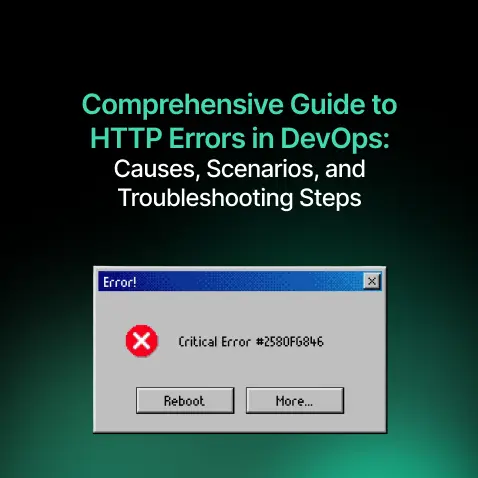
Comprehensive Guide to HTTP Errors in DevOps: Causes, Scenarios, and Troubleshooting Steps
- Blog
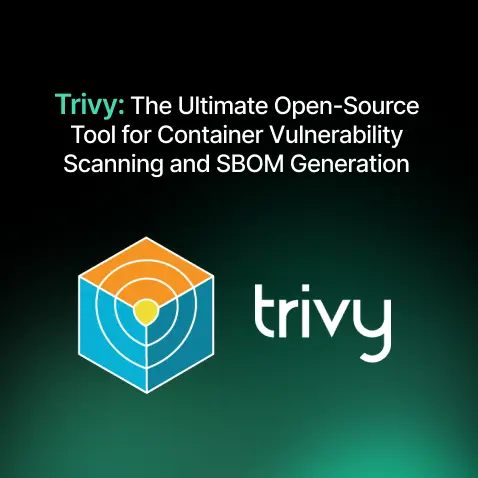
Trivy: The Ultimate Open-Source Tool for Container Vulnerability Scanning and SBOM Generation
- Blog

Prometheus and Grafana Explained: Monitoring and Visualizing Kubernetes Metrics Like a Pro
- Blog
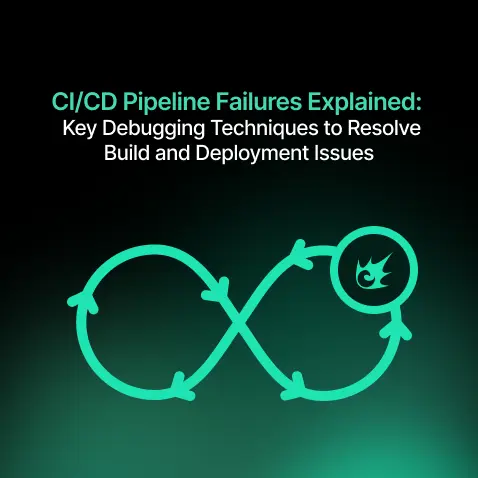
CI/CD Pipeline Failures Explained: Key Debugging Techniques to Resolve Build and Deployment Issues
- Blog
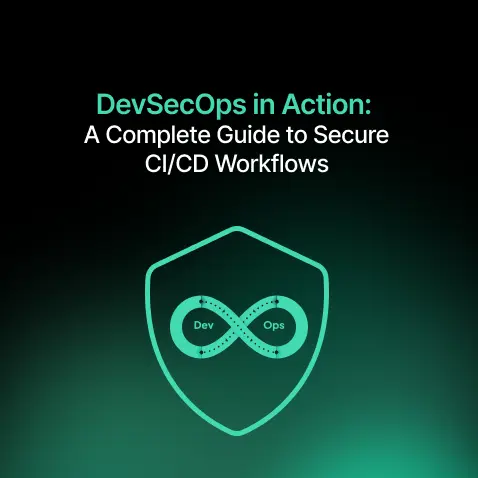
DevSecOps in Action: A Complete Guide to Secure CI/CD Workflows
- Blog
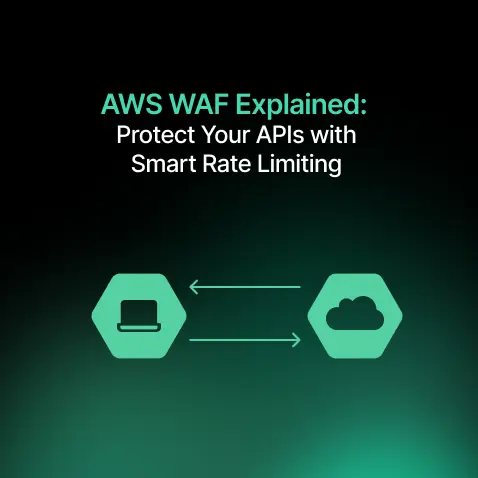
AWS WAF Explained: Protect Your APIs with Smart Rate Limiting
- Blog

